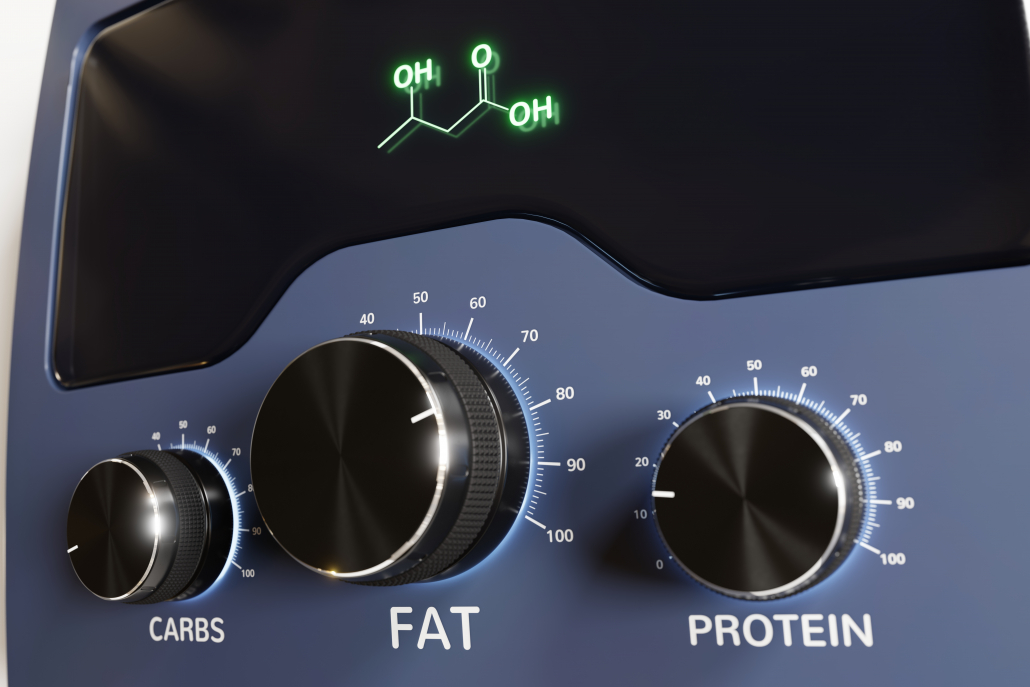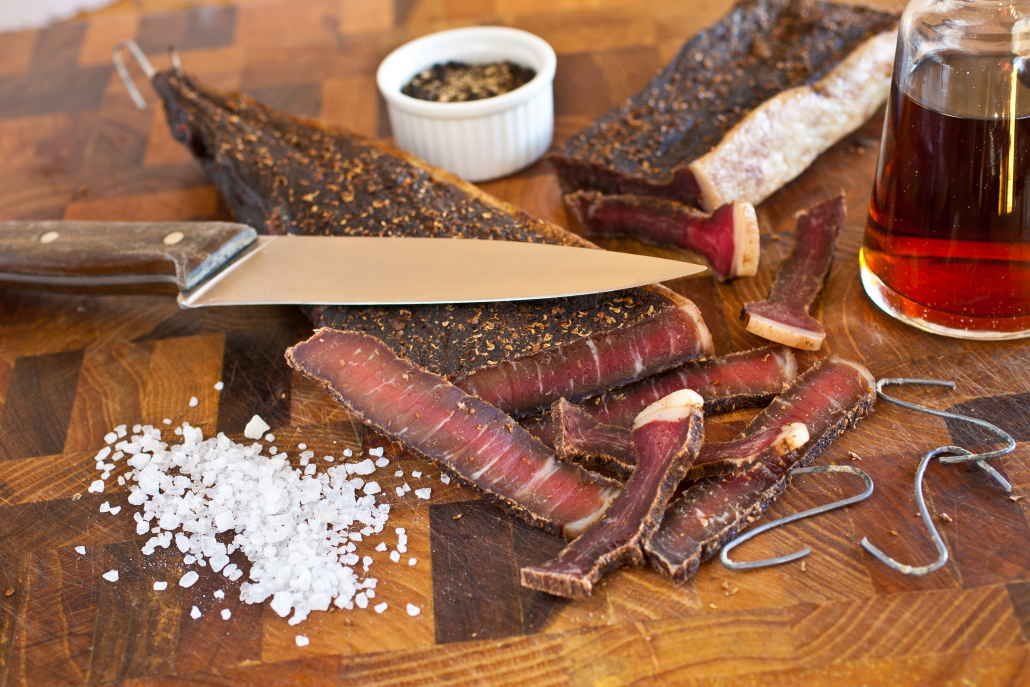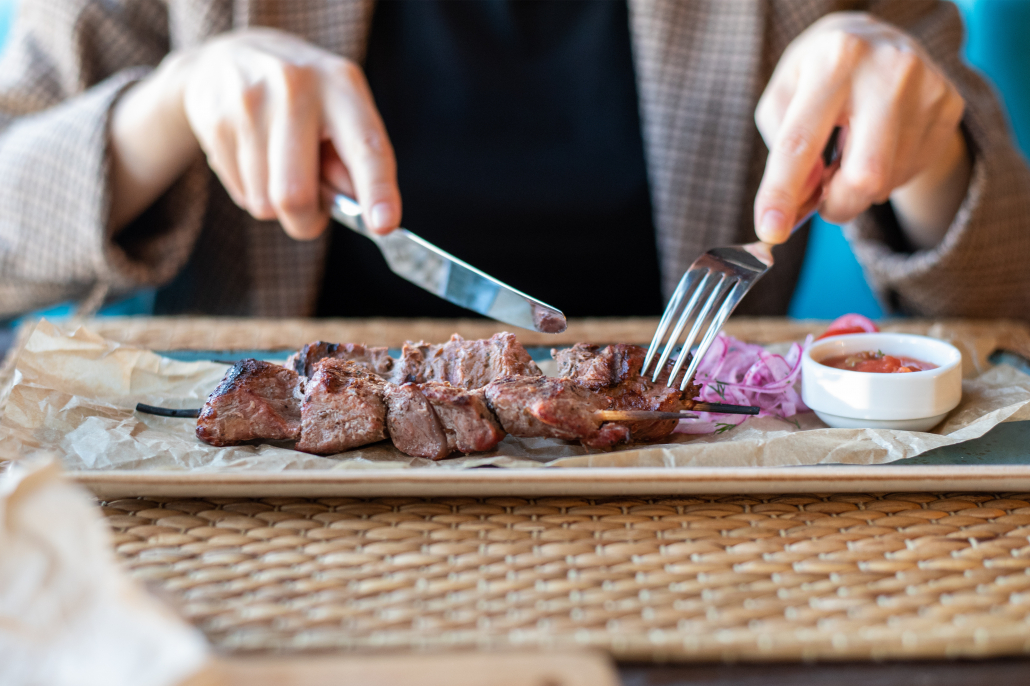We include products in articles we think are useful for our readers. If you buy products or services through links on our website, we may earn a small commission.
Keto Macro Percentages: What Are They and How to Meet Them

If you’re familiar with keto you know that a standard ketogenic diet (SKD) calls for macro ratios of high-fat, low-carbs, and moderate protein. But you may still be wondering what those keto macro percentages look like, and how they break down into total grams of fat, carbs, and protein.
In this article, we’ll explore standard keto macros, along with the keto macro percentages of popular variations of the keto diet. We’ll also look at some of the food choices that will help you meet your ideal keto macro ratios.
Let’s dive in.
Table of Contents
Standard Keto Macro Ratios
The standard keto macro ratios are ideal for beginners starting out on keto, and sustainable for most people. These ratios are:
- 75-80 percent calories from fat
- 15-20 percent calories from protein
- 5-10 percent calories from carbs
How Do You Convert Keto Macros to Grams
To convert keto macros into grams of fat, carbs, and protein, you need to first know how many calories each of these macronutrients contain per gram:
| Macronutrient | Calories per gram |
| Fat | 9 |
| Carbohydrates | 4 |
| Protein | 4 |
If you’re just starting out on keto it’s best to cut your carbs as low as possible to speed the transition. If you’re aiming for an intake of 2,000 calories per day, a standard keto macro breakdown converted to grams looks like this:
- 1500 calories fat/9= 166 grams of fat
- 100 calories carbs/4= 25 grams carbs
- 400 calories protein/4= 100 grams protein
Can I Increase Carb Intake After Reaching Adapting to Ketosis?
Once you’ve reached sustained ketosis for a few weeks, it is possible to increase carb intake without inhibiting your body’s ability to produce ketones.
A 2004 study looking at 50 women making the transition into ketosis found that after two weeks of keto, most participants could increase carb intake from 20 grams to between 40 and 60 grams a day without exiting ketosis.2
The upper limit of your carb intake will depend on individual factors including body weight, activity level, and general metabolic health.
Keto Foods That Will Affect Carb Ratios
You will get most of your carbs on keto from moderate servings of keto cheese, keto yogurt, small amounts of keto-friendly vegetables, and low-carb fruits, keto nuts, and seeds like chia and pumpkin seeds.
Small amounts of carbs are also found in organ meats, like beef liver, and keto seafood like mussels, salmon roe, and oysters.
Click here for a full list of what you can eat on a keto diet.
How Do Net Carbs Affect Keto Macro Percentages?
Lots of keto snacks tout their low “net carbs,” but what does this mean for your keto macro percentages?
Net carbs are calculated by subtracting fiber from the total carbs in a food. This is permitted because even though fiber is a carbohydrate, your body doesn’t metabolize fiber into blood sugar. Remember that ketosis is activated after sustained periods of low blood sugar.
For example, pecans have around 14 grams of carbs per 100 grams of nuts. But 10 grams of this is fiber. Therefore pecans have around 4 net carbs per 100 gram serving.
Fiber Myth
It’s worth noting that fiber can cause problems of its own. Numerous recent studies have found evidence challenging the myth that fiber is good for us.
Contrary to popular belief fiber, has been shown to contribute to constipation, infertility, gas, IBS, and various other digestive issues [2][3][4].
For these reasons, many people who start with keto eventually turn to a carnivore diet that eliminates fiber.
Track Your Carbs First, Protein and Fat Come Second
Tracking your carbs is the most important macro to be aware of on keto since ketosis is triggered when carbs are reduced. That’s why your body will begin to produce ketones when intermittent fasting even without consuming higher amounts of fat.
Fat to Protein Macro Percentages
Eating fat provides your body with the raw building blocks for ketones. While protein maintains muscle growth. A small percentage of your protein intake is converted to glucose to fuel certain cells in your brain and muscles that rely on glucose for energy.
To keep your fat to protein macro percentages in the optimal range it’s a good rule of thumb to consume 1.5x to 2x grams of fat per gram of protein. But there is substantial flexibility here.
Variations on Keto Macro Percentages
So far we’ve explored standard keto macros. For many people, once they become adapted to ketosis, they tailor the diet to fit their unique metabolisms and lifestyles.
Here’s a look at the macro percentages of a few popular variations of the keto diet.
Targeted Keto Diet (TKD)
The targeted keto macro percentages are: 65-70% fat, 10-20% carbs, 20% protein.
The targeted keto diet is popular with hard training athletes who want the benefits of keto but need more carbs to support their high-energy output.
The TKD allows for an additional 20-30 grams of carbs that athletes consume immediately before and after high exertion activities. This works out to between 70-80 grams of carbs per day.
These carbs are most often consumed in the form of low toxin fruits like berries, watermelon, and cantaloupe.
Cyclical Keto Diet (CKD) Macro Percentages
Cyclical keto diet macro percentages: 75% fat, 15-20% protein, 5-10% carbs on keto days. 25% fat, 25% protein, 50% carbs on off days.
Keto cycling means cycling in and out of ketosis, allowing people to eat more carbs on the “off days.” The CKD is less restrictive, which for some people makes it more sustainable. However, it can also cause challenges when it comes to kicking carb addiction, making it harder for some people to stick with.
The keto days are often concentrated into a span of 5 consecutive days between two consecutive non-keto days. This allows people to time their diets around traditional holidays and celebrations when partaking in various high-carb foods is culturally and socially expected.
For the best results, the carbs on both keto and non-keto days should come from unprocessed sources like fruit and even from pure sugar found in keto ice cream and other unprocessed sweets. Its best to avoid all processed foods and grains which can be high in plant toxins and antinutrients.
High-Protein Keto Diet (HPKD) Macro Percentages
People who chose a high protein keto diet claim to follow it for three key reasons:
- It’s is easier to follow in the long run
- It helps build and maintain lean muscle mass
- When you are adapted to keto, your body becomes more efficient at using ketones and requires less fat to fuel their production. This is why many people well adapted to keto show slightly lower ketone levels than beginners: (.6 – .8 mmol).
It was once believed that eating high amounts of protein on keto would result in blood sugar levels that will inhibit the body from creating ketones. This is due to a process called gluconeogenesis where the body converts protein into glucose.
However, the high-protein keto diet is still a high-fat diet. And there is little risk of overdoing the protein when following HPKD macro ratios: 60-65% fat, 30% protein, 5-10% carbs
This works out to around 120 grams of protein per day provided by 2 8-ounce servings of keto meat, and fatty fish, and around 130 grams of fat per day. Carbs are still restricted to less than 10% of daily calories.
How Do I Add More Fat to My Keto Macro Percentages?
Consuming healthy keto fats is the cornerstone of a well-formulated keto diet. Remember that across all the diets outlined above, you will need to get between 60 and 80% of your calories from fat.
The best sources for healthy fats include fatty cuts of steak, preferably from grass-fed sources. Butter, tallow, lard, and eggs are also excellent keto fat staples.
While olive oil plays a big role in Mediterranean keto, and avocados are stars for the vegetarian keto and vegan keto dieters.
Here are a few strategies to incorporate more fats into your diet:
1 Fattier Meats
Focusing on fatty meats is the easiest way to boost your fat intake. Bacon and pork belly are cheap keto mainstays packed with whole food fats. 80/20 ground beef is another affordable staple, while an un-trimmed ribeye steak is the king of keto meats for many people.
2 Add Fats to your Meals
Just a few tablespoons of tallow, butter, ghee, coconut, and olive oil can boost meals with lean meats like poultry and fish into optimum keto macro percentages.
3 Add Fats To Your Beverages
Adding MCT oil or butter to coffee and tea is a great way to boost your fat intake. You can also try making your latte with heavy whipping cream.
Keto Macro Percentages: The Bottomline
Keto macro percentages offer guidelines for choosing the foods that will meet your fat, carb, protein ratios, helping you enter ketosis, and keeping your body producing ketones in the long run.
Standard keto macros are roughly 70-80% fat, 15-20% protein, and 5-10% carbs. Various other versions of the keto diet allow some flexibility with the macro percentages, but all are high fat, moderate protein, and low carb.














